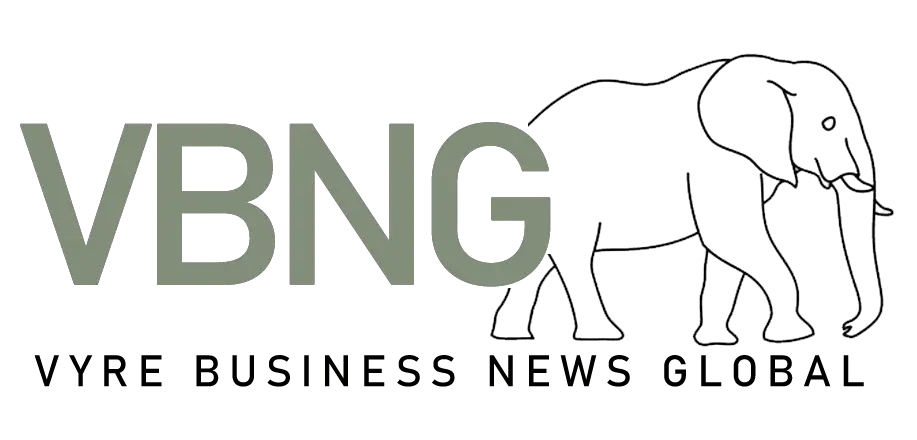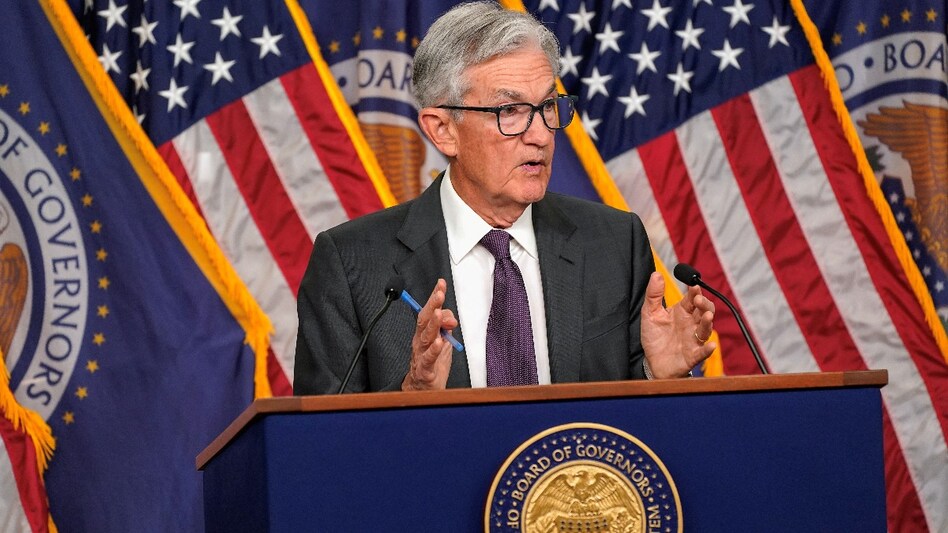Federal Reserve Chair Jerome Powell made it clear this week that President Donald Trump’s tariff policies are a major reason the U.S. central bank has not moved forward with additional interest rate cuts. Speaking at a panel in Sintra, Portugal, Powell responded directly to a question about whether the Federal Reserve would have cut rates again if not for Trump’s plan to impose new tariffs on a range of foreign trading partners. His answer was unequivocal: “I think that’s right.”
The comments come at a time when the Federal Reserve faces mounting pressure from both the White House and financial markets to lower borrowing costs. Trump has repeatedly taken to social media to criticize Powell and the Fed for holding rates steady, arguing that U.S. rates should be “lower by a lot” compared to other major economies.
Powell explained that the announcement of tariffs earlier this year forced the central bank to pause its plans for further rate reductions. “Essentially, we paused our actions when we recognized the extent of the tariffs, and as a result, nearly all inflation projections for the United States significantly increased due to these tariffs,” Powell said.
The Federal Reserve’s core mandate is to maintain price stability and maximize employment. With inflation projections moving higher, the Fed has been reluctant to cut rates, fearing it could add fuel to an already uncertain inflation outlook. Powell noted that the full impact of the tariffs on consumer prices is still unclear, and the central bank is waiting for more data before making any moves.
“We anticipate that tariff-related inflation will become more evident,” Powell told lawmakers last week. “However, I must be candid; we truly do not know the extent to which these costs will be transferred to consumers. The reality is uncertain, and we will only ascertain this once we observe the outcomes.”
Fed officials have identified the summer months as a critical period for assessing the true impact of the tariffs on inflation. Powell told Congress that June, July, and August would be the months when the effects should start to show up in the data. If inflation rises as expected, the Fed is likely to hold off on any rate cuts until it sees those pressures subside.
This cautious approach has not been universally embraced within the central bank. Two Fed governors, Christopher Waller and Michelle Bowman, have expressed openness to considering rate cuts as soon as their next meeting in July. However, the prevailing view remains that patience is warranted given the high degree of uncertainty.
Adding to the complexity, President Trump has adjusted tariff levels several times in recent months, even pausing some measures as his administration negotiates with trading partners. This unpredictability makes it even harder for the Fed to chart a clear course.
Despite the president’s criticism, Powell has maintained that the Fed’s decisions are driven by economic data and forecasts, not political pressure. “The rationale behind our approach is the economic forecast,” Powell said. “All the professional forecasters I am aware of, both external and within the Fed, predict a significant rise in inflation throughout this year.”
The Federal Reserve’s next moves will depend heavily on how the data unfolds over the summer. If inflation remains contained, the door could open for rate cuts later in the year. For now, though, tariffs remain the central obstacle.

